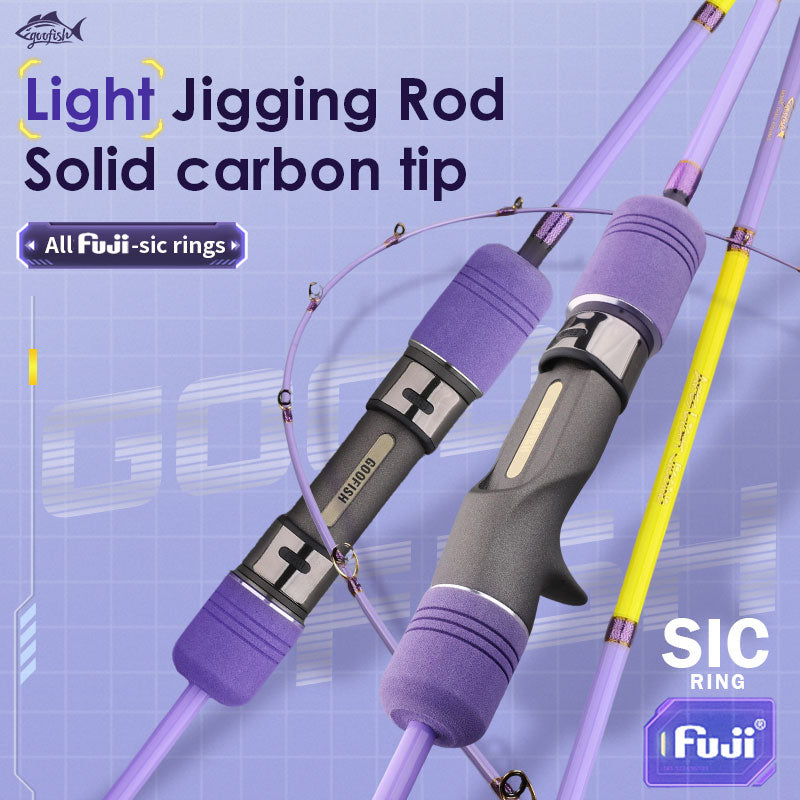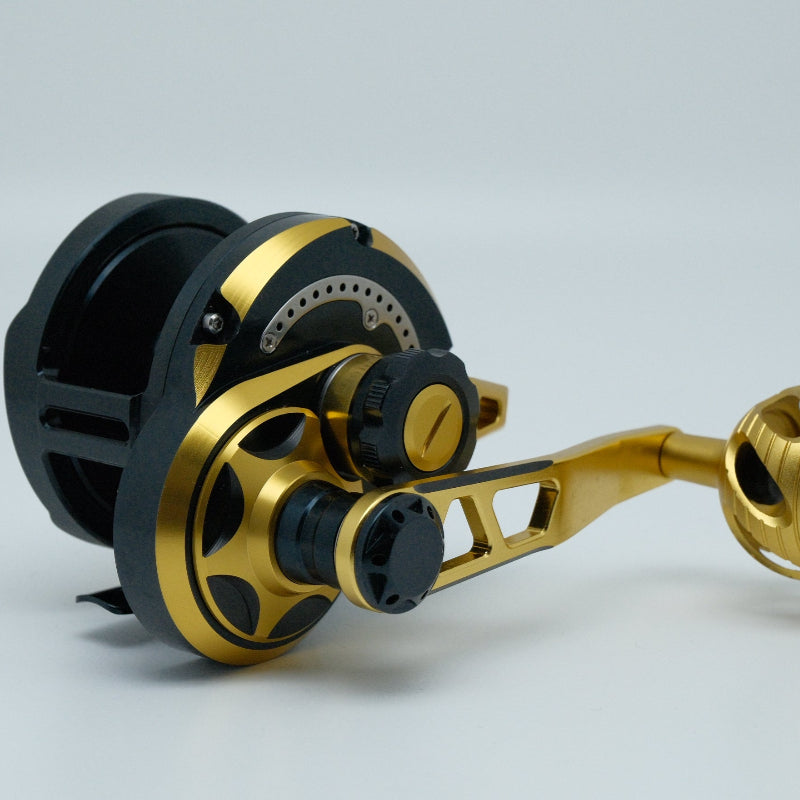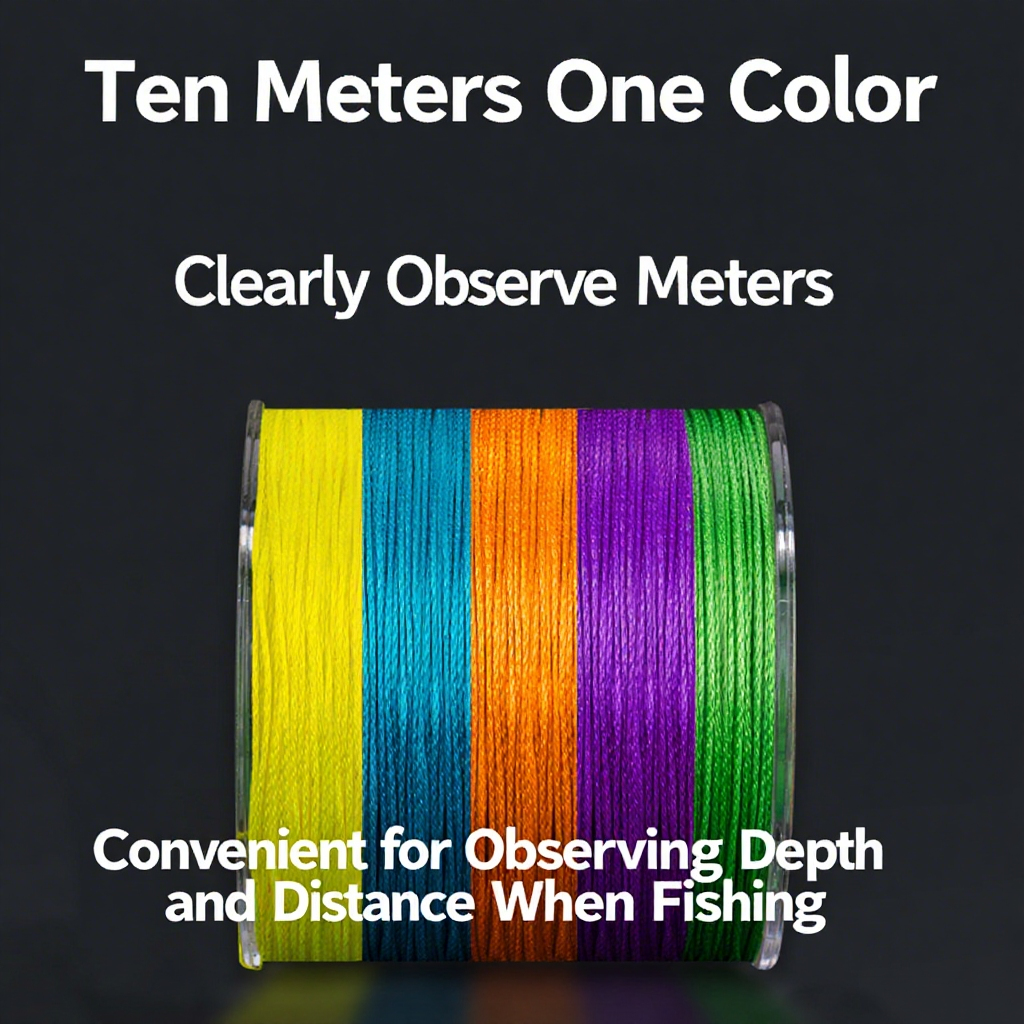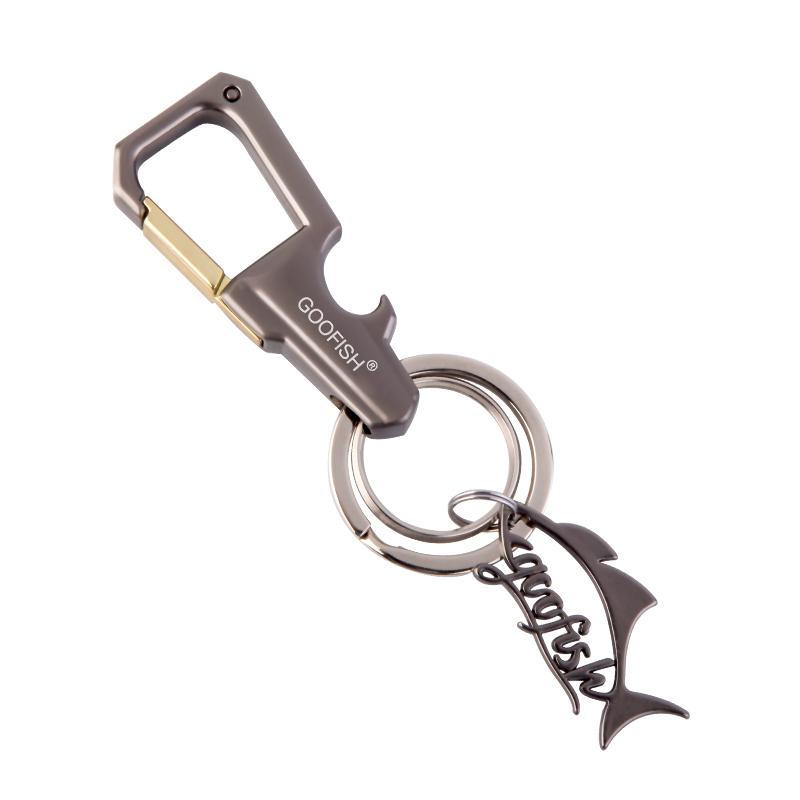Baitcasting Mastery: Advanced Techniques for Tackling Tough Conditions & Maximizing Efficiency
When the going gets tough—whether it’s battling fierce winds, penetrating heavy vegetation, or targeting elusive species like smallmouth bass or northern pike—baitcasting reels (baitcasting fishing reels) prove their worth as indispensable tools for savvy anglers. Unlike their spinning counterparts, these reels demand skill, precision, and a deep understanding of their mechanics. In this guide, we’ll dive into advanced strategies for pushing your baitcaster to the limit, along with insider tips to optimize your baitcaster combo and baitcaster rod for unparalleled performance in challenging scenarios.
1. Conquering High-Wind Conditions: Why Baitcasters Reign
Windy days can turn even the most experienced anglers into frustrated novices, but a well-tuned baitcaster is built to handle chaos. Here’s how to stay on target:
- Spool Tension & Drag Synergy: Start by adjusting your reel’s spool tension (the knob near the handle) to a “firm” setting—just enough to prevent the spool from free-spinning without line, but loose enough for smooth casts. Pair this with a slightly higher drag pressure (25–30% of the lure’s weight) to absorb sudden gusts without breaking the line.
- Casting Angle Adaptation: When wind pushes your line offline, switch from a standard overhand cast to a sidearm roll cast. This technique uses your wrist to “push” the lure laterally, counteracting wind drift while maintaining control.
- Line Selection Wisdom: Opt for abrasion-resistant braid (15–20 lb test) with a monofilament or fluorocarbon leader (1–2 ft). Braid’s thin diameter cuts through wind resistance, while the leader absorbs shock and reduces visibility to wary fish.
Pro Tip: Invest in a reel with a high-speed gear ratio reels (8.0:1+), like the Daiwa Tatula 200XG. Faster retrieves let you “chase” baits through gusts and set hooks before wind pushes them off course.
2. Bass Fishing in Matted Vegetation: The Flipping & Pitching Revolution
One of the most effective—and demanding—techniques for summer bass is flipping/pitching heavy jigs or Texas-rigged plastics into heavy cover. Here’s how to make your baitcaster rod and reel a match for this brutal environment:
- Rod Power & Action: Choose a 7’6”–8’ heavy-power baitcaster rod with a fast tip (moderate-fast action). The long length allows reach into thick cover, while the stiff blank provides the “push” needed to drive hooks home through matted grass.
-
Reel Modifications for Grunts:
- Spool Capacity: Load with 20–25 lb braid (minimum 250 yd) to handle the stress of punching through vegetation and battling fish in heavy structure.
- Anti-Reverse System: Ensure your reel has a robust anti-reverse (100% lock) to prevent the spool from slipping backward when setting hooks in dense weeds.
- Casting Discipline: Use a pitching grip (index finger over the spool, thumb bar disengaged) for short, accurate casts. After the bait lands, immediately “thumb” the spool to control slack—any free spooling in heavy cover risks catastrophic backlash and lost fish.
Case Study: Professional angler Aaron Martens relies on a custom Lew’s Custom Pro BBZ-1 baitcaster with a 7’2” heavy rod for his signature “slow-pitch grub” technique in matted areas. The reel’s magnetic brakes and rod’s tapered blank work in tandem to deliver pinpoint accuracy and explosive hooksets.
3. Saltwater Applications: Adapting Baitcasters for Offshore Battles
While baitcasters are often associated with freshwater, they’re increasingly popular in saltwater for species like redfish, seatrout, and even mid-size game fish. Here’s how to modify your baitcaster combo for marine environments:
- Corrosion Resistance Upgrades: Replace standard aluminum components with stainless steel (e.g., reel frames, spool shafts) or upgrade to a reel with E-coated internals (like the Shimano Saragosa). Saltwater accelerates oxidation, so even minor rust can cripple a reel’s performance.
- Line & Lure Adjustments: Swap monofilament for super-braid (30–50 lb test) or fluorocarbon (20–30 lb) to resist abrasion from coral, barnacles, or shark encounters. Match your baitcaster rod to the target: 7’ medium-heavy for redfish, 8’ heavy for tuna.
- Drag System Calibration: Saltwater fish often make blistering runs, so set your drag to 25% of the line’s breaking strength (e.g., 25 lb drag for 100 lb line). Use a reel with a “clicker” drag system (like the Abu Garcia Revo Toro) for audible feedback during high-speed battles.
4. Extending Reel Lifespan: Pro-Level Maintenance Routines
A high-quality baitcaster is an investment—protect it with these expert upkeep tips:
- Weekly Cleaning: After each trip, wipe down the reel frame with a microfiber cloth dampened in freshwater. For saltwater use, disassemble the reel (if possible) and soak parts in a 50/50 vinegar-water solution to dissolve salt deposits.
- Spool Bearing Care: Use a high-quality lubricant (e.g., Reel Magic or Star Brite) on all bearings—avoid WD-40, which attracts dirt. Spin the spool post-cleaning to ensure smooth rotation; a gritty feel indicates worn bearings (time for a rebuild).
- Line Management: Rotate your spool every 3–4 casts during long sessions to prevent uneven line wear. Store your reel in a cool, dry place—heat degrades braid and plastic components over time.
Why Upgrade to a Premium Baitcaster Combo Now?
The market is flooded with options, but investing in a top-tier baitcaster rod and reel isn’t just about performance—it’s about confidence. A well-engineered combo like the Lew’s Tournament MBX or Shimano Curado DC features:
- Smart Weight Distribution: CNC-machined aluminum frames balance the reel across your palm, reducing fatigue during marathon casts.
- Customizable Braking Systems: Adjust brakes on-the-fly (some models even have wireless connectivity for app-based tuning).
- Lifetime Warranties: Reputable brands back their products with service plans that cover accidental damage, ensuring your gear stays in the fight for years.
Final Words of Wisdom: Trust the Process
Baitcasting mastery isn’t achieved overnight—it requires patience, practice, and a willingness to learn from setbacks (like that first epic backlash!). By refining your technique, selecting the right gear, and treating your reel as an extension of your fishing IQ, you’ll unlock a level of precision and control that sets you apart from the pack.
Ready to take your baitcasting to the next level? Share your toughest fishing scenarios in the comments below—we’d love to hear how you conquer them. And don’t forget to subscribe for weekly gear breakdowns, tournament updates, and exclusive pro tips. Tight lines, and may your spool always turn smoothly!











Leave a comment